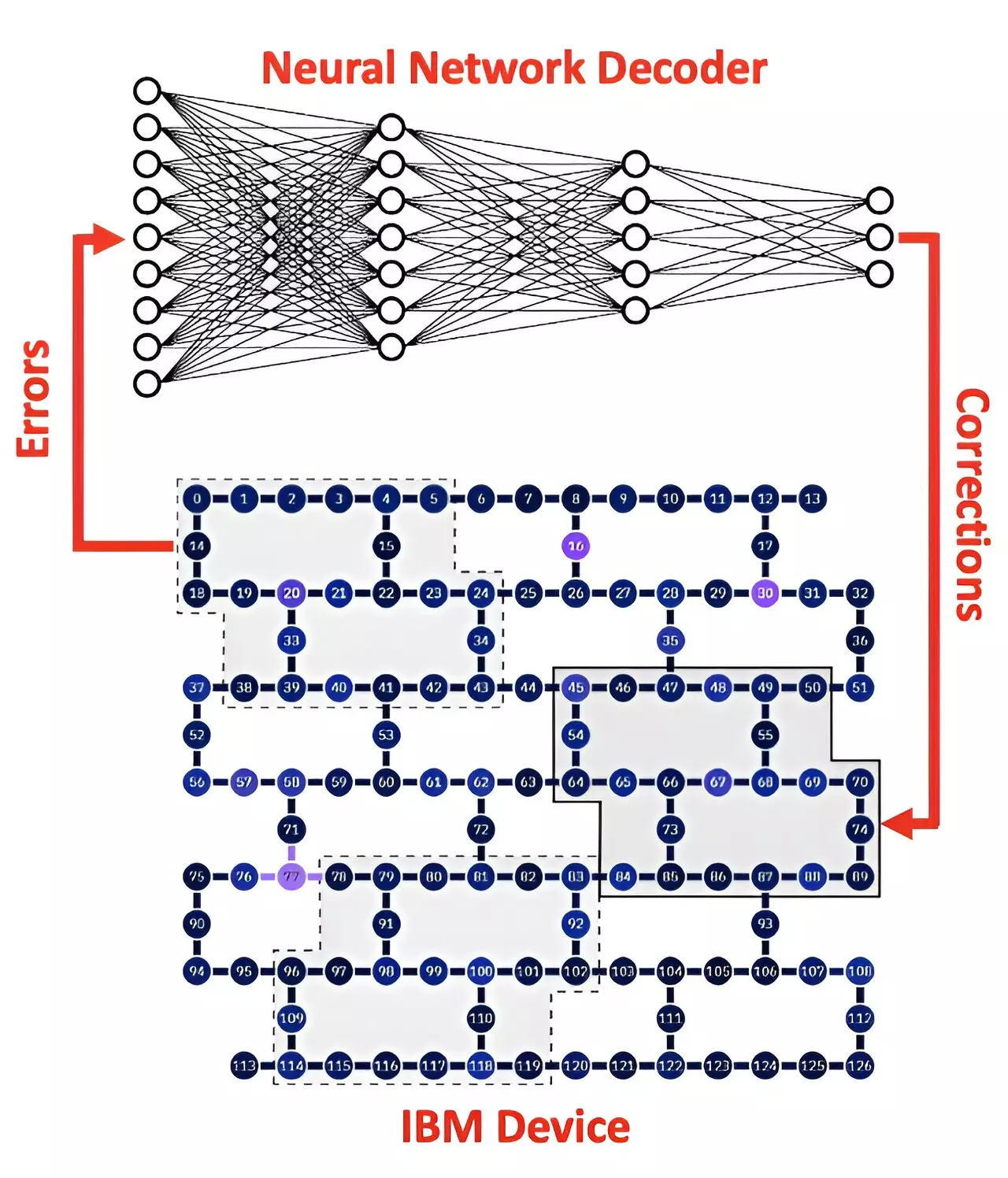The realm of quantum computing, often viewed as the next frontier in technology, is fraught with challenges that hinder its transition from theoretical promise to practical application. Chief among these hurdles is the persistent issue of qubit noise—the errors that arise from the delicate nature of quantum bits. This problem not only undercuts the reliability of quantum computations but also stymies researchers’ ability to harness the extraordinary potential of quantum technology to solve complex real-world problems. Recent investigations by Australia’s national science agency, CSIRO, reveal a glimmer of hope: artificial intelligence (AI) may hold the key to resolving these quantum errors, thus paving the way for a more robust quantum future.
Understanding the Quantum Advantage
At the heart of quantum computing lies the concept of qubits, which can exist in multiple states simultaneously—a phenomenon known as superposition. This capability allows quantum computers to approach problems with vastly different efficiencies compared to traditional binary computing. While conventional computers rely on bits, which can only represent either a zero or a one, qubits can represent a zero, a one, or both at the same time. However, this incredible flexibility comes at a price; the quantum state is fragile and highly susceptible to interference and environmental noise, which leads to errors in calculations. Scientists refer to these disturbances collectively as qubit noise, and overcoming this noise is crucial for the advancement of quantum computers.
The Role of AI in Quantum Error Correction
According to the latest findings from CSIRO, AI can be mobilized as a powerful ally in the effort to rectify quantum errors. The research utilizes a machine learning framework called a neural network, specifically designed to decode the syndrome measurements associated with qubit errors. In quantum mechanics, syndrome measurements enable a computer to judge whether an error has occurred and how to correct it, but the complexity involved can be overwhelming due to the exponential increase in error types as the number of qubits rises. Dr. Muhammad Usman, leader of CSIRO’s Data61 Quantum Systems Team, emphasizes that these machine learning-based decoders can address and process error information directly obtained from real quantum hardware operational at IBM facilities. This form of innovative synergy between AI and quantum computing marks a substantial shift in strategy toward error management.
The Challenges of Noise in Quantum Systems
Despite the promising results derived from the AI neural network syndrome decoder, challenges remain. The research highlighted that when increasing the code distance—the measure of how well the error correction codes handle noise—researchers did not observe the expected error suppression. Instead, high noise levels in current IBM quantum processors remain a significant barrier. This discrepancy suggests that while AI can indeed offer solutions, practical implementations still require a reduction in noise levels for error correction to function effectively and reliably.
A Journey Towards Fault Tolerance
The crux of the revolution brewing in quantum computing lies in the goal of achieving fault tolerance, the ability of a quantum system to continue its operations correctly even in the presence of quantum errors. CSIRO’s breakthrough indicating that AI can help manage complex errors presents a critical step towards this goal. As physical error rates diminish, the collaboration between AI and quantum computing could usher in a phase where error suppression becomes feasible, ultimately leading to robust applications capable of transformative problem-solving. This progress may take time, but the potential for quantum systems to tackle previously insurmountable challenges—accelerating advancements in fields from pharmaceuticals to cryptography—remains incredibly bright.
The Future is Bright for AI and Quantum Synergy
Looking ahead, the integration of AI into the fabric of quantum computing unveils a future rich in possibilities. Imagine a world where quantum computers, bolstered by powerful AI algorithms, can execute complex simulations in real time, providing insights into everything from climate change to financial modeling. As researchers continue to unravel the intricacies of quantum noise and refine AI-assisted methodologies, the once abstract promise of quantum computing is gradually morphing into palpable resources capable of reshaping the technological landscape. In this intertwined journey of AI and quantum computing, radical change isn’t just a possibility—it’s an impending reality waiting to be unlocked.

